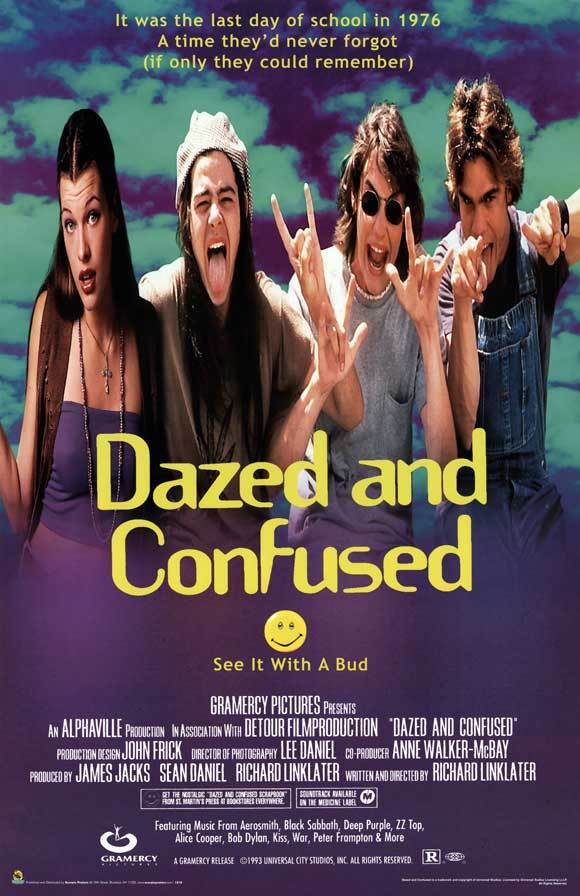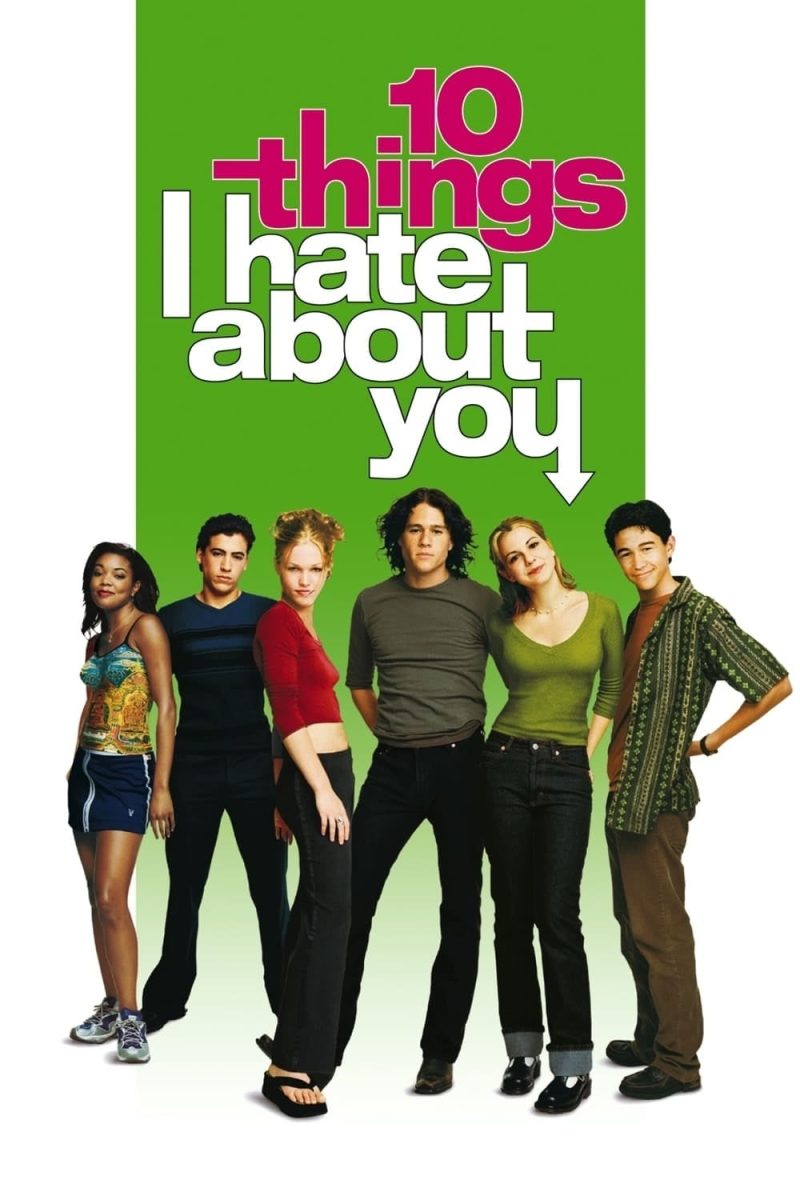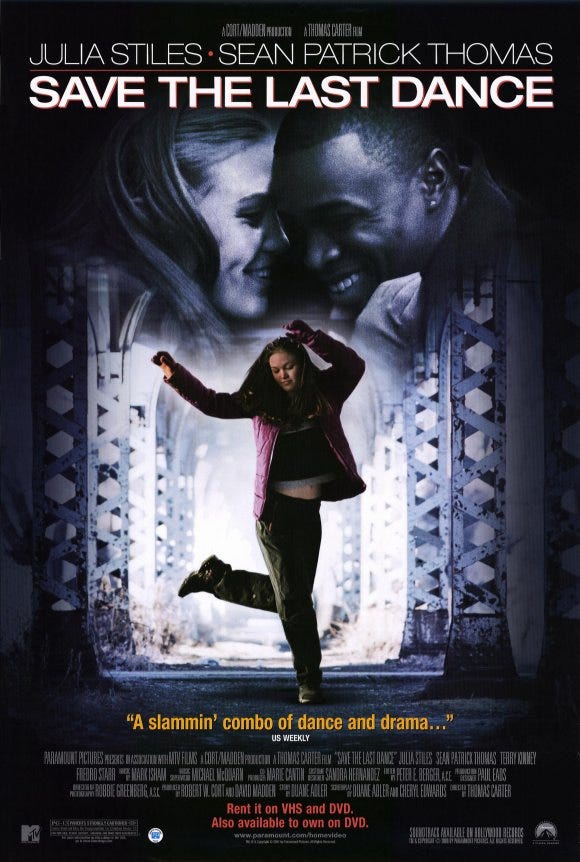“Dazed and Confused,” directed by Richard Linklater, offers a glimpse into high school life in the summer of 1976. The film follows a group of teenagers on their last day of school, capturing the day of adolescent experiences. With its humor and relatable themes, it is still relevant for viewers today.
From the very beginning, the film gives us a peek into the world of teenage concerns, like what to wear and how to navigate social groups. The characters’ discussions about parties and friendships are relatable across generations, reminding us that these problems are timeless. It’s easy to see similarities between their experiences and those of today’s, who face similar pressures.
One of the film’s key strengths is its portrayal of the high school social class. The seniors, confident and somewhat intimidating, walk through the halls like they own the place. Though, the freshmen seem unsure and awkward, trying to find their place among the older students. This dynamic is a familiar experience for many, as it shows the social pressures and challenges that come with being a teenager. It’s a reminder of how difficult it can be to navigate these relationships, regardless of the era.
However, while “Dazed and Confused” captures the spirit of youth. It also presents behaviors that should not be normalized within high school culture. For instance, the film portrays hazing rituals and peer pressure to drink as a rite of passage. These actions are depicted as part of the high school experience, which raises important questions about the message being conveyed. In today’s context, we understand that such behaviors can lead to serious consequences, including emotional and physical harm.
The normalization of hazing and excessive drinking can create a culture where students feel pressured to copy unhealthy behaviors. Instead of promoting a sense of community and respect, these traditions can create an environment of fear and anxiety. Today, it’s crucial that we challenge these outdated norms and advocate for healthier, safer ways to build connections among peers.
The film’s party scenes, particularly the iconic “red solo cup” moments, emphasize the excitement of youth. While the film captures the thrill of hanging out with friends, it’s essential to recognize that the focus on drinking can take away the importance of genuine connection. In a party setting, we need to shift the narrative to prioritize fun and friendship without relying on alcohol as the main attraction. Celebrations should be about creating lasting memories and relationships, rather than indulging in risky behavior.
Another highlight of *Dazed and Confused* is its memorable soundtrack, filled with classic rock hits that enhance the nostalgic atmosphere. Music has a powerful ability to show emotions and memories, and this film uses it effectively to transport viewers back to a different time. The shared experience of discovering great music remains a normal aspect of youth culture.
In conclusion, *Dazed and Confused* is a thoughtful exploration of high school life that balances humor with deeper social commentary. While it reflects the spirit of the 1970s, it also is a reminder to challenge harmful behaviors that should not be part of the high school experience. By promoting a culture of respect and safety, we can ensure that the journey through adolescence is one filled with positive growth and understanding. This film encourages us to celebrate the joys of high school while recognizing the importance of making good choices.







